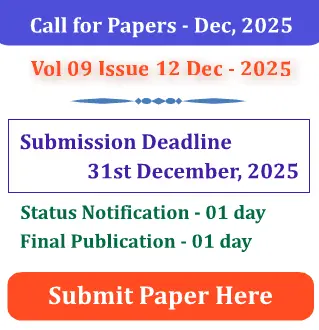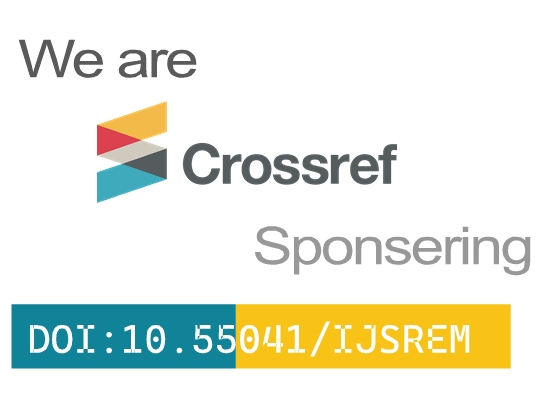- Version
- Download 9
- File Size 436.98 KB
- File Count 1
- Create Date 05/11/2025
- Last Updated 05/11/2025
Evaluation of Multiple Access Techniques in Modern Communication System
1Pranjal Farakte,, 2Sanika C. Gatade, 3Trupti P. Lohar, 4 Fiza S. Kazi, 5 Rani S. Dargude
1,2,3,4,5 Guide, Department of Electronics & Telecommunication Engineering, D.Y.Patil College of Engineering &Technology Kasaba Bawada Kolhapur, Maharashtra, India
1. ABSTRACT
In modern wireless communication systems, the demand for high data rates, massive connectivity, and reliable transmission has intensified the need for efficient spectrum utilization. As the electromagnetic spectrum is a finite and costly resource, the challenge of enabling simultaneous access by multiple users without significant interference has become central to the design of communication networks. Multiple Access Techniques (MATs) form the core mechanism that allows multiple users or devices to share the same communication channel efficiently. Over the decades, the development and refinement of these techniques have directly shaped the evolution of mobile communication systems—from the first generation (1G) analog networks to the advanced fifth generation (5G) and the emerging sixth generation (6G) technologies
This research paper provides a detailed evaluation of various multiple access techniques employed in modern communication systems, namely Frequency Division Multiple Access (FDMA), Time Division Multiple Access (TDMA), Code Division Multiple Access (CDMA), Orthogonal Frequency Division Multiple Access (OFDMA), Space Division Multiple Access (SDMA), and Non-Orthogonal Multiple Access (NOMA). Each technique is analyzed based on its operating principle, performance efficiency, implementation complexity, and suitability for current and future network environments. The paper also explores the trade-offs in terms of spectral efficiency, interference management, system capacity, and synchronization requirements.
As communication networks transition toward 5G and beyond, Non-Orthogonal Multiple Access (NOMA) has emerged as a promising technique that overcomes the limitations of orthogonal access schemes. By allowing multiple users to share the same frequency and time resources while distinguishing them through power or code domains, NOMA significantly improves spectral efficiency and user fairness, particularly for edge users in heterogeneous networks. However, challenges remain in terms of power allocation optimization and interference cancellation complexity.
This evaluation concludes that the evolution of multiple access techniques reflects the ongoing pursuit of higher efficiency, adaptability, and scalability in wireless communication. Future communication systems are expected to adopt hybrid and intelligent multiple access frameworks that combine the strengths of existing techniques with emerging technologies such as artificial intelligence, cognitive radio, and reconfigurable intelligent surfaces. Such advancements will be crucial for meeting the growing demands of next-generation applications including Internet of Things (IoT), autonomous systems, and ultra-reliable low-latency communications.
Keywords: Multiple Access Techniques, FDMA, TDMA, CDMA, OFDMA, SDMA, NOMA, Spectral Efficiency, 5G, 6G, Wireless Communication Systems, Resource Allocation, MIMO, Non-Orthogonal Access.







